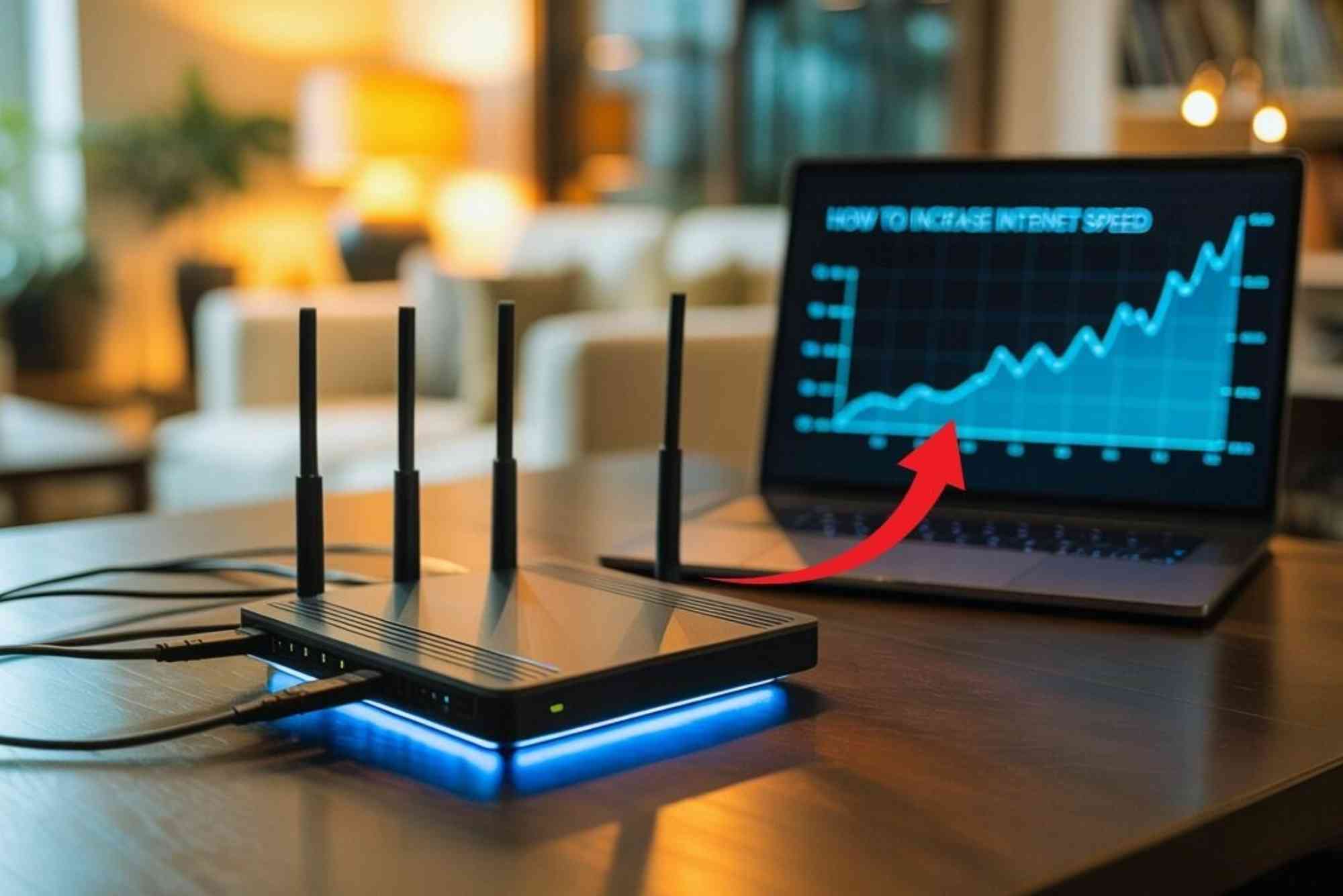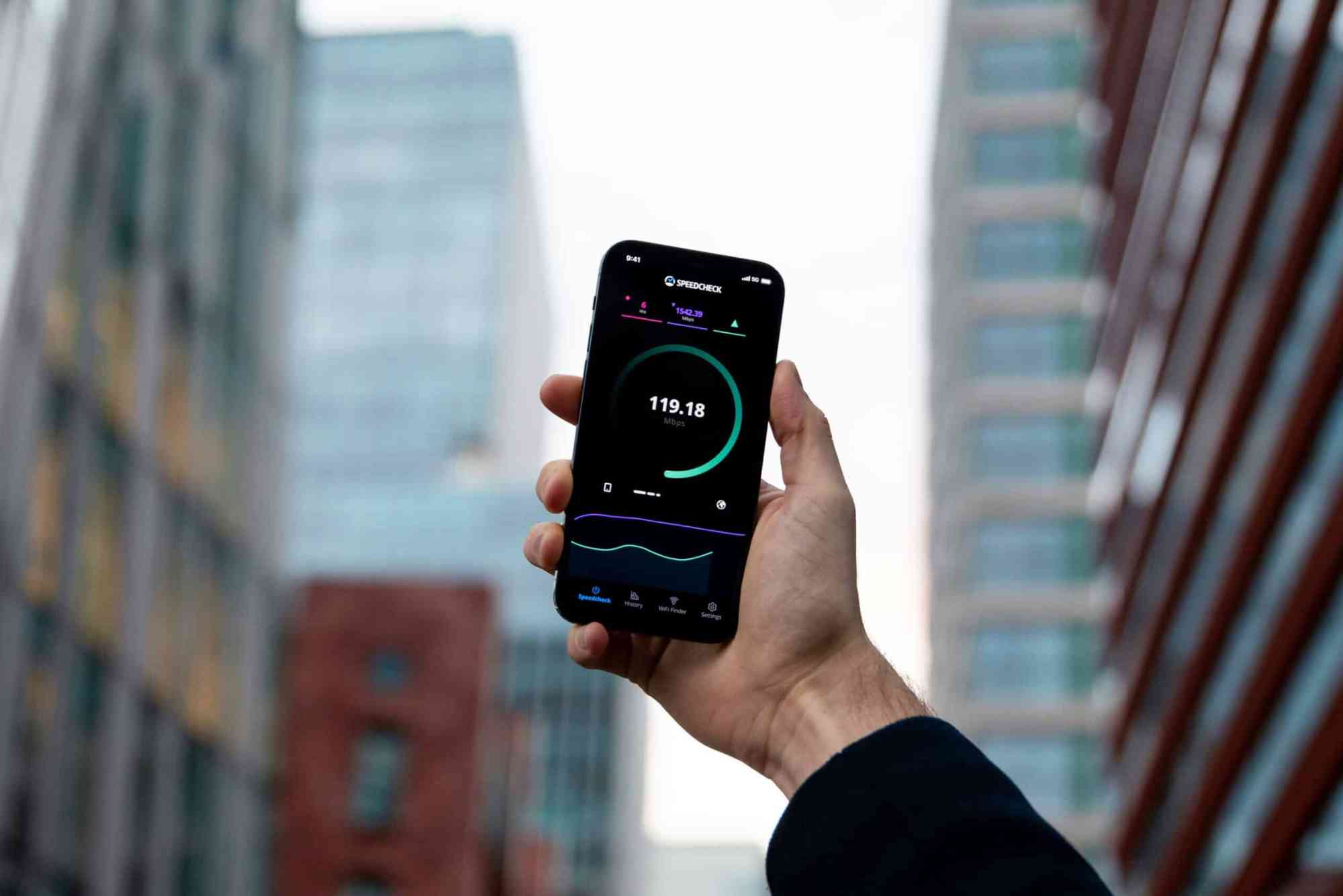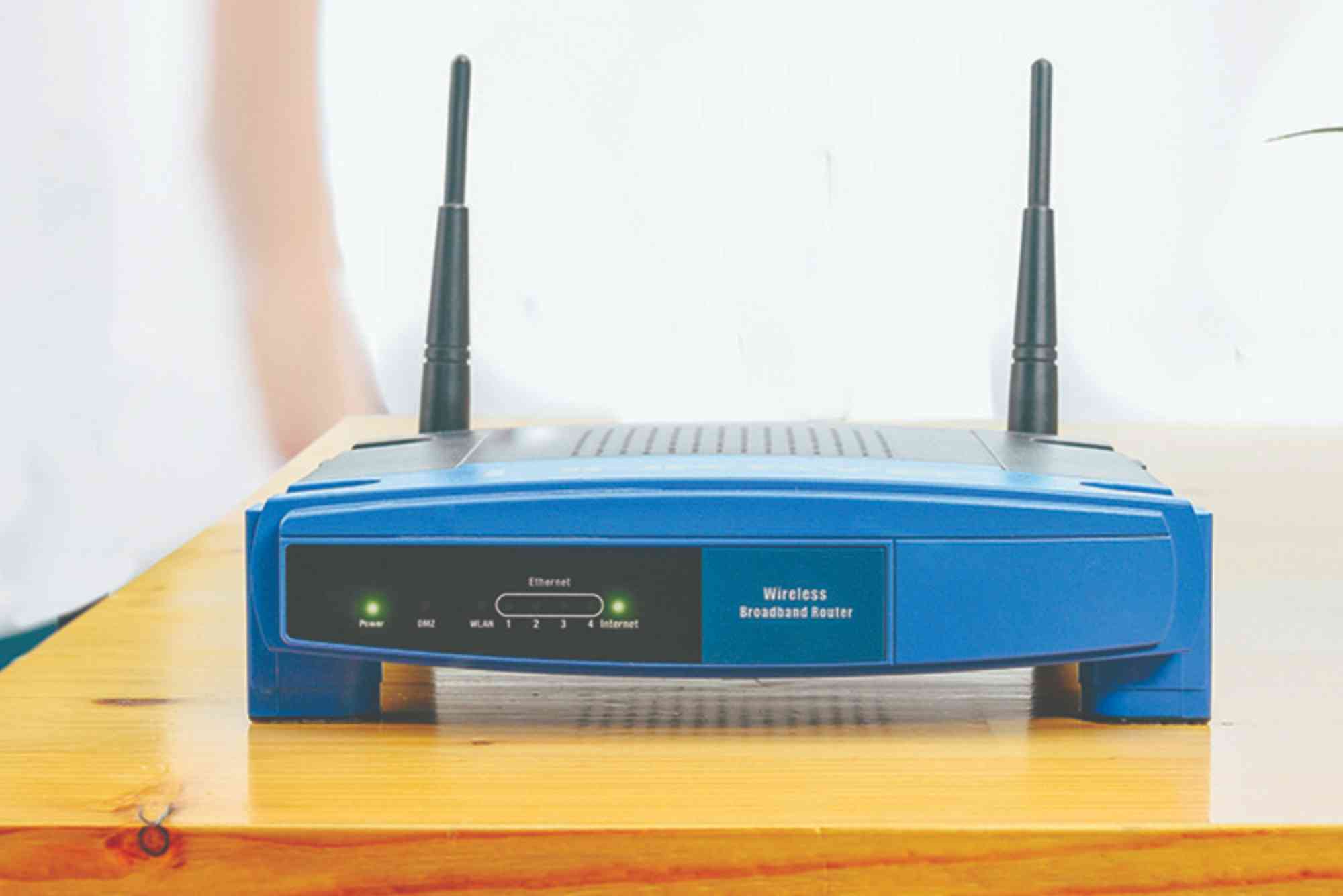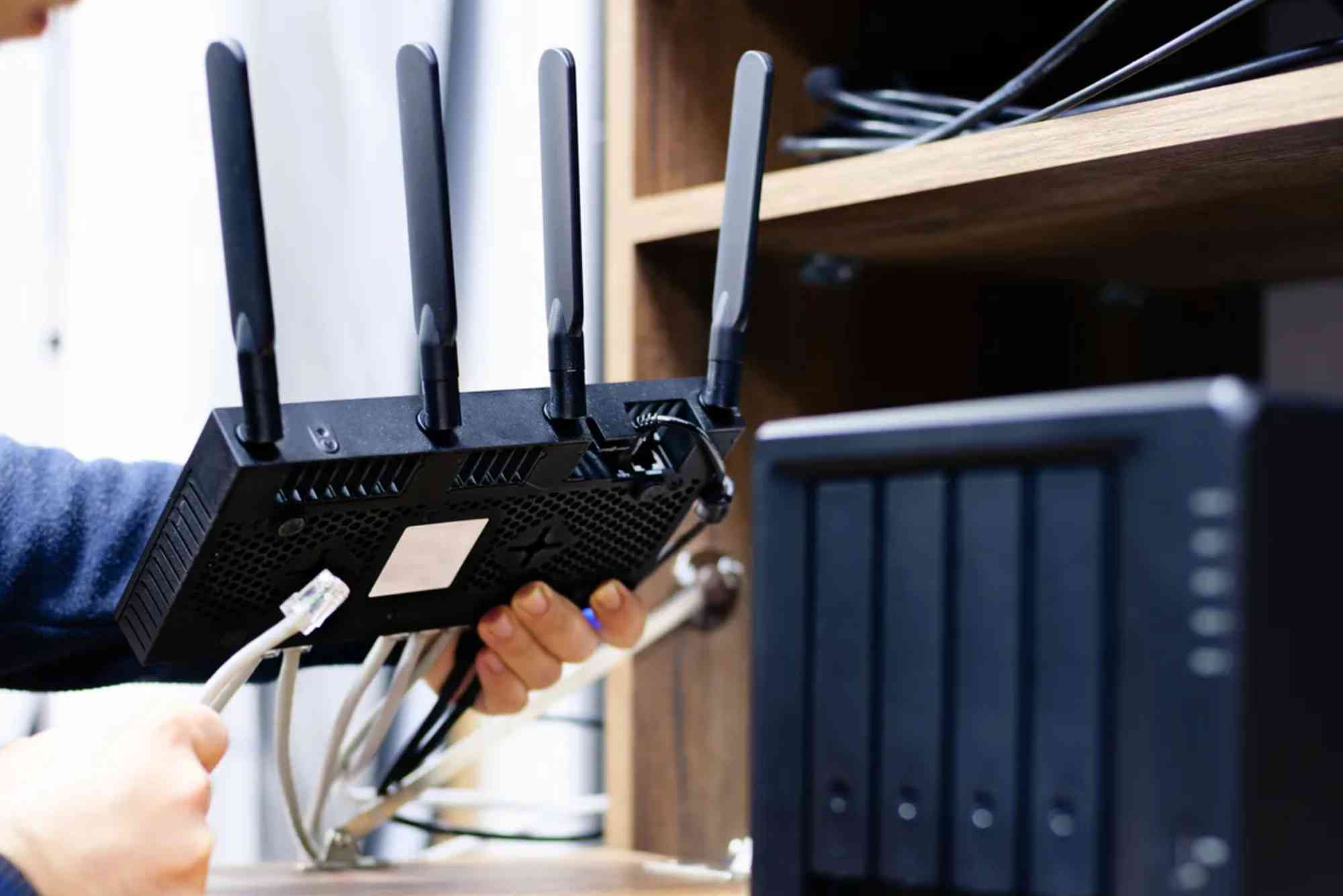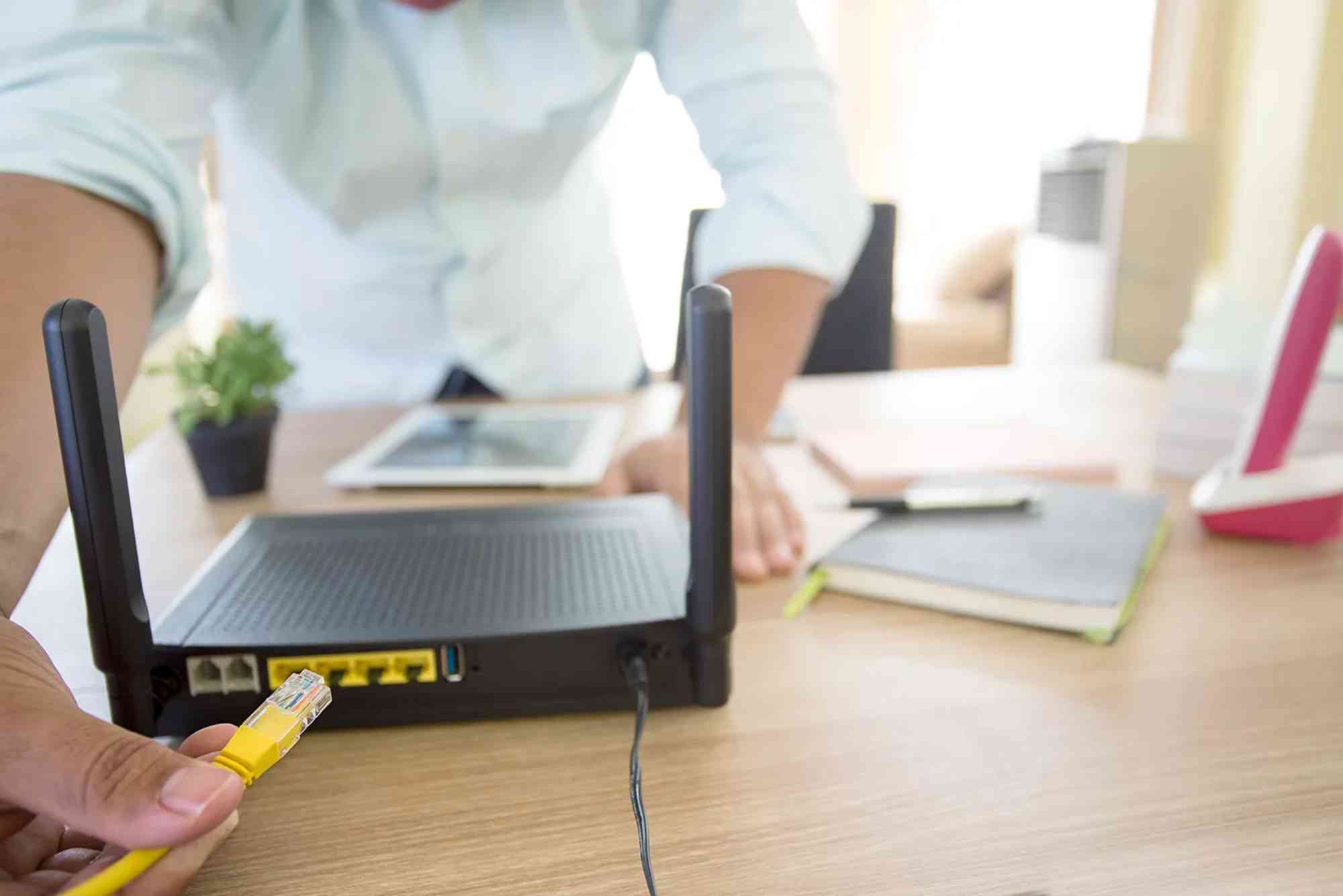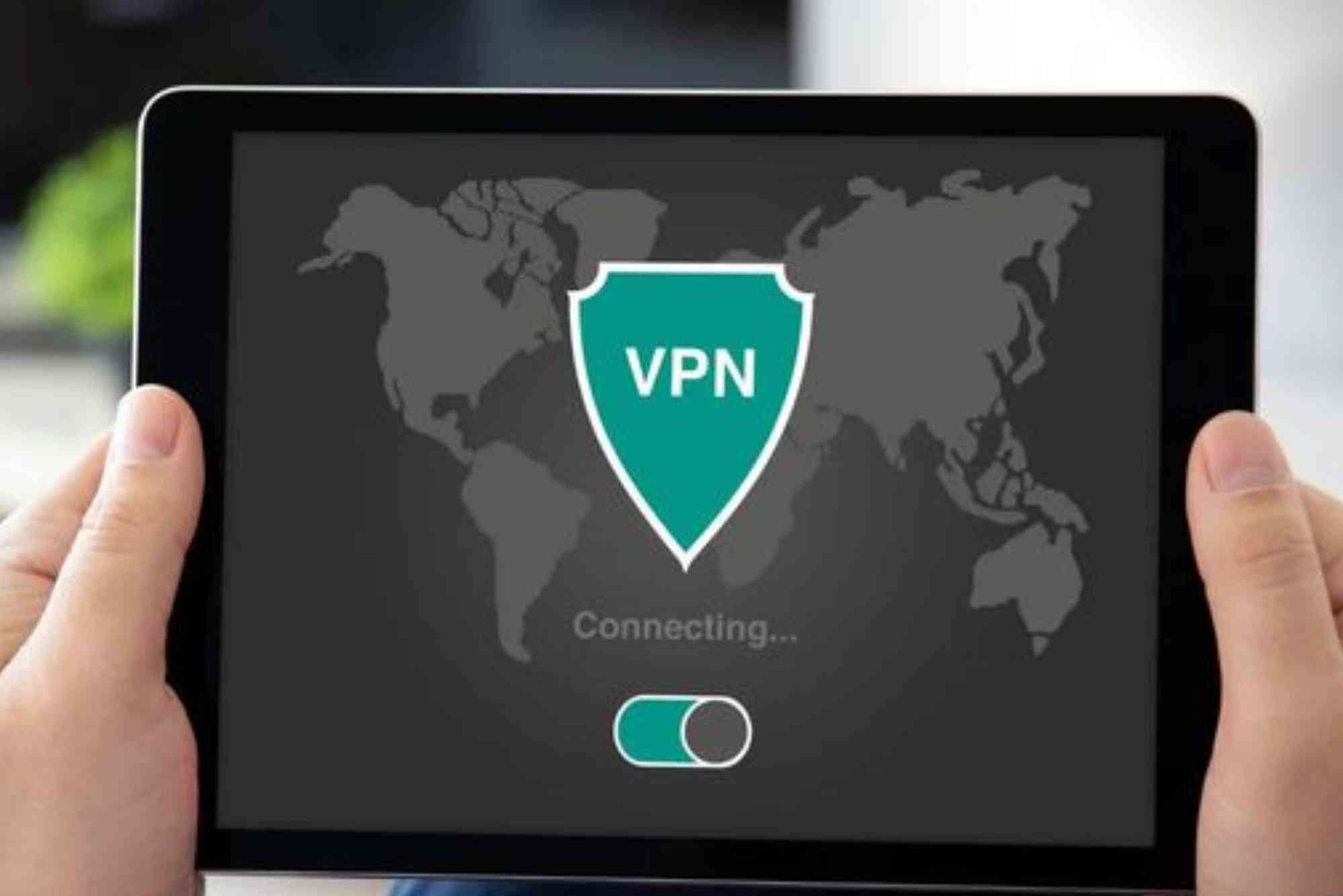Introduction
In today’s digital world, online privacy has become more important than ever. Cyber threats, identity theft, and constant surveillance make it essential to secure your internet connection. While many people rely on standalone VPN apps, the smarter approach is to configure a VPN directly on your router. This way, every device connected to your Wi-Fi gains automatic protection without needing individual setup. If you’ve ever wondered how to setup VPN on router to achieve complete network security, this guide will walk you through the process in simple, practical steps.
Why Setup a VPN on Your Router?
When you install a VPN app on your phone or laptop, only that specific device is protected. However, your smart TVs, gaming consoles, and IoT devices often lack VPN support. By setting up the VPN on your router, you create a secure tunnel for your entire home network. This ensures that all connected devices benefit from encrypted browsing, whether or not they have built-in VPN compatibility.
A router-level VPN also offers the convenience of one-time configuration. Instead of logging into apps repeatedly, your VPN runs in the background at all times. This reduces the chance of forgetting to activate protection when browsing, streaming, or making online purchases.
Preparing Before Setup
Before learning how to setup VPN on router, you need to check a few requirements. Not all routers support VPN functionality. Many basic ISP-provided routers lack advanced firmware features. In such cases, you may need to purchase a compatible model or install third-party firmware.
Check Router Compatibility
The first step is to verify if your router supports VPN configuration. Popular brands like Asus, Netgear, and Linksys often include built-in VPN client options in their firmware. If not, you may consider flashing custom firmware such as DD-WRT, OpenWrt, or Tomato.
Choose the Right VPN Service
Not every VPN provider offers router support. You’ll need a service that provides manual configuration files (usually OpenVPN or WireGuard). Look for providers that publish step-by-step tutorials for various router models. Selecting a reliable VPN is crucial, as your entire home traffic will depend on its servers.
Gather Credentials
Before starting, make sure you have your VPN account username, password, and configuration files. These details will be entered into the router’s admin panel.
How to Setup VPN on Router
Now let’s move into the practical steps of configuring your VPN. While details vary by brand, the general process is similar across most routers.
Access Router Admin Panel
Open your browser and type the router’s IP address, often 192.168.1.1 or 192.168.0.1. Enter the administrator username and password. If you’ve never changed them, check the label on your router or your ISP documentation.
Locate VPN Settings
Within the admin dashboard, look for a section labeled VPN, WAN, or Internet Settings. Some routers have a dedicated “VPN Client” option where you can upload configuration files.
Upload Configuration Files
Download the VPN configuration files (OpenVPN, PPTP, or L2TP) from your VPN provider. Upload these to your router’s VPN section. Add your account username, password, and server details.
Save and Activate
Once the details are entered, save your settings and enable the VPN client. Your router should now connect to the VPN server. Many routers display the VPN status, showing whether the connection is active.
Test the Connection
To ensure everything works, visit an IP-checking website from any connected device. If your location shows the VPN server’s country instead of your real one, the setup is successful.
Common Challenges and Fixes
Configuring a VPN on your router is straightforward, but you might face some hurdles.
Slow Internet Speeds
Routing all traffic through a VPN can reduce your internet speed. To improve performance, choose servers geographically closer to your location.
Compatibility Issues
If your router doesn’t support VPN, consider upgrading to a modern model with built-in VPN features. Alternatively, flash custom firmware, but proceed carefully to avoid damaging the router.
Limited Streaming Access
Some streaming platforms block VPN traffic. If this occurs, switch servers or contact your VPN provider for streaming-optimized options.
Benefits of Router-Level VPN
Once you’ve successfully set up your VPN, you’ll enjoy a wide range of benefits that extend far beyond just privacy.
Whole-Network Protection
Every device connected to your Wi-Fi gains encryption without separate configuration. From laptops to gaming consoles, all traffic is secured.
Always-On Privacy
You don’t need to worry about turning your VPN on or off. As long as the router is running, your connection stays protected.
Better Device Coverage
Smart devices such as cameras, smart speakers, and IoT gadgets often lack VPN support. With router-level VPN, they automatically gain secure browsing protection.
Centralized Management
Instead of managing multiple apps, you only configure the VPN once. Any new device added to the network automatically uses the encrypted connection.
Advanced Tips for Secure Setup
If you want to maximize your VPN router experience, consider a few advanced tweaks.
Use Split Tunneling
Some routers allow split tunneling, letting you choose which devices or apps go through the VPN. This way, you can use local services while still encrypting sensitive traffic.
Enable a Kill Switch
If the VPN disconnects unexpectedly, a kill switch prevents traffic from leaking through your regular connection. Some routers offer this built-in, while others require manual firewall rules.
Regularly Update Firmware
Keeping your router firmware updated is essential for both security and stability. Updates may also improve VPN compatibility and performance.
Alternatives to Router Setup
If configuring your router feels overwhelming, there are alternatives. You can purchase pre-configured VPN routers from providers or third-party vendors. These arrive ready to use out of the box.
Another option is to run a VPN on a virtual router using your computer. While not as convenient, it allows you to share the VPN connection with nearby devices.
Real-Life Example
Imagine a household with multiple devices—laptops, phones, smart TVs, and gaming consoles. Instead of installing separate VPN apps, setting up a VPN on the router protects them all. Parents don’t have to worry about kids forgetting to turn on their VPN when gaming or streaming. The setup provides peace of mind, knowing that sensitive data like online banking, emails, and browsing habits remain secure.
For businesses or remote workers, router-level VPNs also offer enhanced protection. Small offices can secure all employee traffic without needing complex IT setups. This is especially valuable for freelancers working from home.
Now that you understand how to setup VPN on router, you can enjoy complete online privacy for all your devices. The process may take a few steps, but the benefits of always-on protection and whole-network encryption make it worthwhile. Whether you’re concerned about hackers, identity theft, or streaming securely, a router-level VPN ensures peace of mind.
If you’re looking for reliable connectivity and expert guidance on internet solutions, consider checking out Dhanote Internet Services. With the right combination of a stable connection and VPN protection, you can browse, stream, and work online with confidence. Take action today—secure your router with a VPN and experience a safer internet for you and your family.
FAQs
Can I put a VPN on any router?
Not all routers support VPN installation. Many ISP-provided routers lack this feature. Check compatibility or consider upgrading to a VPN-enabled model.
Do I still need a VPN app if it’s on my router?
If your VPN is configured at the router level, you don’t need separate apps. However, mobile apps are useful for securing connections outside your home Wi-Fi.
Will a VPN on router slow down my internet?
Yes, encryption can slightly reduce speed. However, choosing a reliable VPN provider and nearby servers minimizes performance loss.
Is it legal to use a VPN on my router?
In most countries, using a VPN is completely legal. However, some regions may restrict usage, so check local laws before setup.
Which VPN protocol should I use?
OpenVPN is the most common choice due to its balance of speed and security. Some routers also support WireGuard, which offers improved performance.

